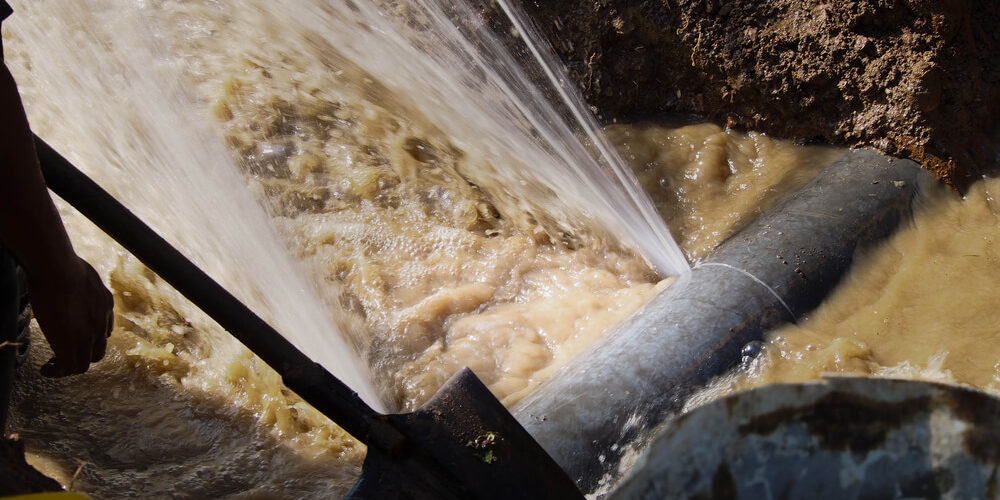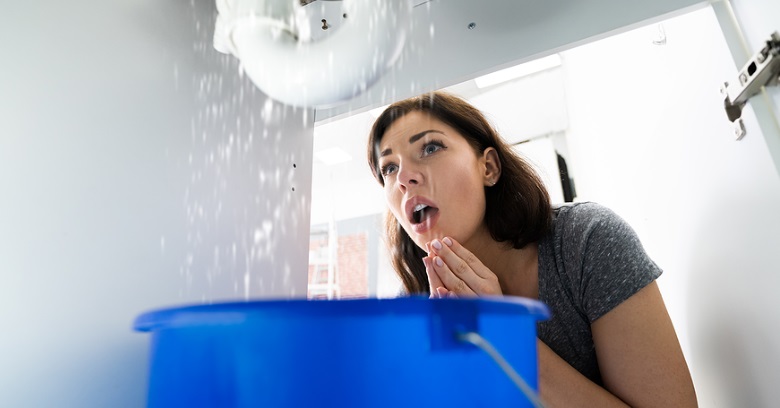We've uncovered the article pertaining to How to Prepare for Your Dishwasher Installation listed below on the internet and reckoned it made perfect sense to share it with you here.

A ruptured pipe is a significant emergency; you can only stand as you enjoy water you pay very much to reunite with the planet. In even worse cases, you notice a swimming pool on your cooking area floor, which is an excellent journey hazard, specifically if you have kids around. If the pipeline that ruptured remained in your walls, trouble: you might require to paint that whole area.
Just how can a tragedy like a burst pipe be prevented and also taken care of? Well, by listening to your professional emergency plumbing professionals and also following these regulations.
Exactly how do I know when my pipes have ruptured?
Changing water stress
Pipelines do not just burst in a day. You may have observed that your cooking area tap or shower does not run quickly when you transform the tap. It might pause for a few seconds and afterwards blast you with even more pressure than typical.
In other circumstances, the water might seem typical in the beginning, after that drop in pressure after a few seconds.
Damp wall surfaces as well as water discolorations
Before a pipe bursts, it will leakage, the majority of times. If this relentless leaking goes undetected, the leakage may finish right into a large laceration in your pipe. One very easy way to avoid this emergency is to keep an eye out for wet walls advertisement water stains. These water spots will lead you right to the leakage.
Puddles under pipes and sinks
When a pipeline bursts, the outflow develops a pool. It might show up that the pool is expanding in size, as well as despite the number of times you wipe the puddle, in a few mins, there's an additional one waiting to be cleansed. Commonly, you may not be able to map the pool to any type of visible pipelines. This is an indication to call a specialist plumber.
Untraceable leaking noises
Pipeline ruptureds can happen in the most unpleasant areas, like within concrete, inside wall surfaces, or under sinks. When your home goes quiet, you might be able to listen to an annoyingly consistent leaking noise. Also after you've examined your shower head and also kitchen faucet, the trickling might continue.
Beloved viewers, the dripping might be originating from a pipeline inside your wall surfaces. There isn't much you can do concerning that, except tell a professional plumber.
Turn off the Water
When water freezes, it increases in quantity by concerning 9 percent. And also it broadens with incredible force: The pressure inside pipelines may go from 40 pounds per square inch to 40,000 psi! No pipe can hold that much stress, so it breaks open. The break might occur where the ice kinds, but regularly, it happens where water stress discovers a weak spot in the pipeline. That might be inches or perhaps feet from the frozen location. Find the water shutoff valve as well as turn off the water to avoid even more damages. You may likewise require to shut down the electrical energy too, depending on where the leaks takes place and also just how huge it is.
Polluted water
Many people assume a burst pipeline is a one-way outlet. Rather the contrary. As water drains of the hole or gash in your plumbing system, impurities find their way in.
Your water might be polluted from the resource, so if you can, examine if your water storage tank has any kind of troubles. Nevertheless, if your drinking water is provided and cleansed by the city government, you need to call your plumber right away if you see or smell anything amusing in your water.
What do I do when I spot a ruptured pipeline?
Your water meter will continue to run also while your water wastes. To reduce your losses, find the major controls and also turn the supply off. The water pipe are an above-ground structure beside your building.
How to Fix & Detect a Leaking Pipe
How Do I Know if a Pipe is Leaking?
Leak detection tests can help you determine if your pipe has a leak. Even if you don’t see an apparent leak, you should still conduct leak detection tests regularly to save water and money—and prevent major damage to your home.
Water meter. It can be helpful to figure out what your usual water meter usage numbers are and then monitor them regularly. To monitor your meter, first, turn off all water faucets in your home. Check the meter and write down the numbers. In a few hours, check the meter again. If the numbers have changed, you have a leak. Water gauge. Use a water gauge to test your water pressure. Your showerhead should produce a certain amount of water pressure based on its model and design. If the pressure is lower than it is supposed to be for that specific showerhead, your home likely has a leak. Puddles. Look inside your bathroom, laundry, and kitchen sink cabinets. Puddles around the cabinets or around toilets, tubs, showers, and washing machines indicate the presence of a leaking pipe. You may also notice loose tiles, peeling or flaking paint, or mold caused by water accumulation. Napkin test. Even if you don’t see any puddles, you may still have a leak. You can test for water leaks in the bathroom, laundry, and kitchen by wiping below-sink connections with a napkin, paper towel, or piece of toilet paper. If it becomes damp, you probably have a leaking pipe under the sink. Discolored walls. Walls that are discolored—usually with brown or yellow stains—or bulging might mean that they have been impacted by water damage caused by a leaking pipe. Smell. A leaky pipe will create sitting water, and over time, that water may develop a musty smell. If your home smells musty, but you can’t locate the source, it may be due to a leak. Steps for Fixing a Leaking Pipe
A leaky drain can be remedied by tightening the pipe base, replacing the drain seal, caulking the rim, and tightening the pipe nut. Similarly, a leaking toilet pipe can be treated by tightening the packing nut. You may also need to replace the valve. A leaky faucet may just need tightening or replacement of the washers. If that doesn’t work, consider replacing your faucet. If your pipe has a hole in it, you may want to use a pipe leak sealer or pipe leak tape. This quick fix for water pipe leaks can also temporarily fix a copper pipe leak. https://www.ahs.com/home-matters/quick-tips/how-to-tell-if-pipes-are-leaking/

Do you really like reading up on How to Prepare for Your Dishwasher Installation? Give feedback down below. We will be glad to find out your reactions about this article. We are looking forward to see you back again in the near future. Sharing is nice. You never know, you could be doing someone a favor. Thanks for your time. Don't hesitate to visit our site back soon.
Toilet overflow? Dial!